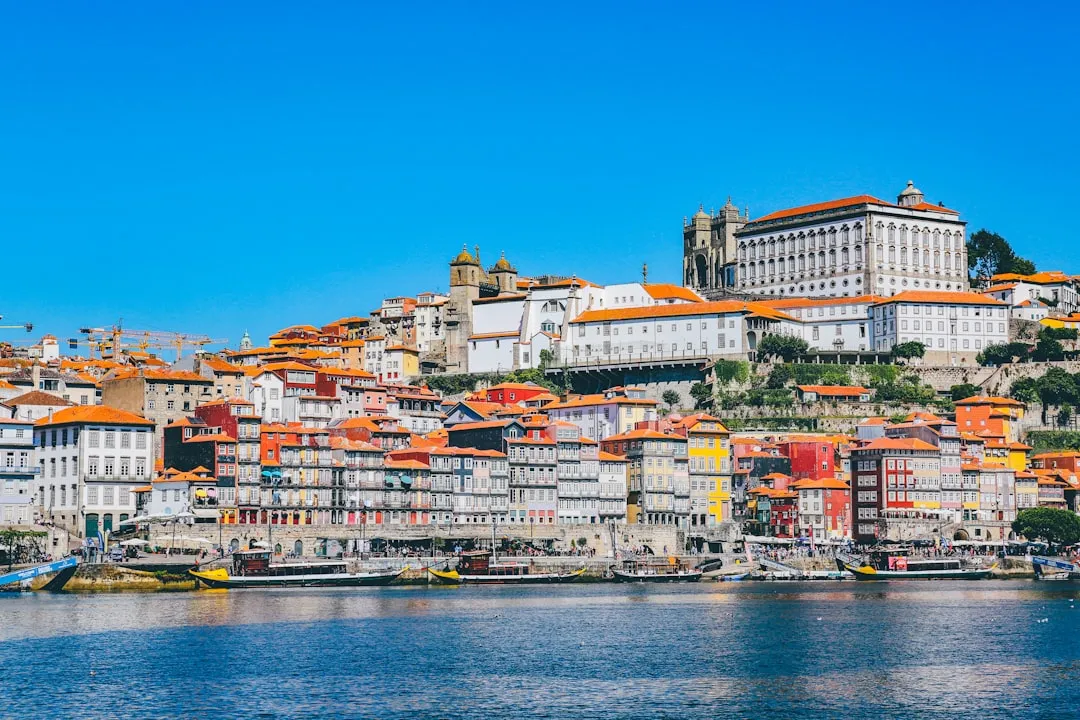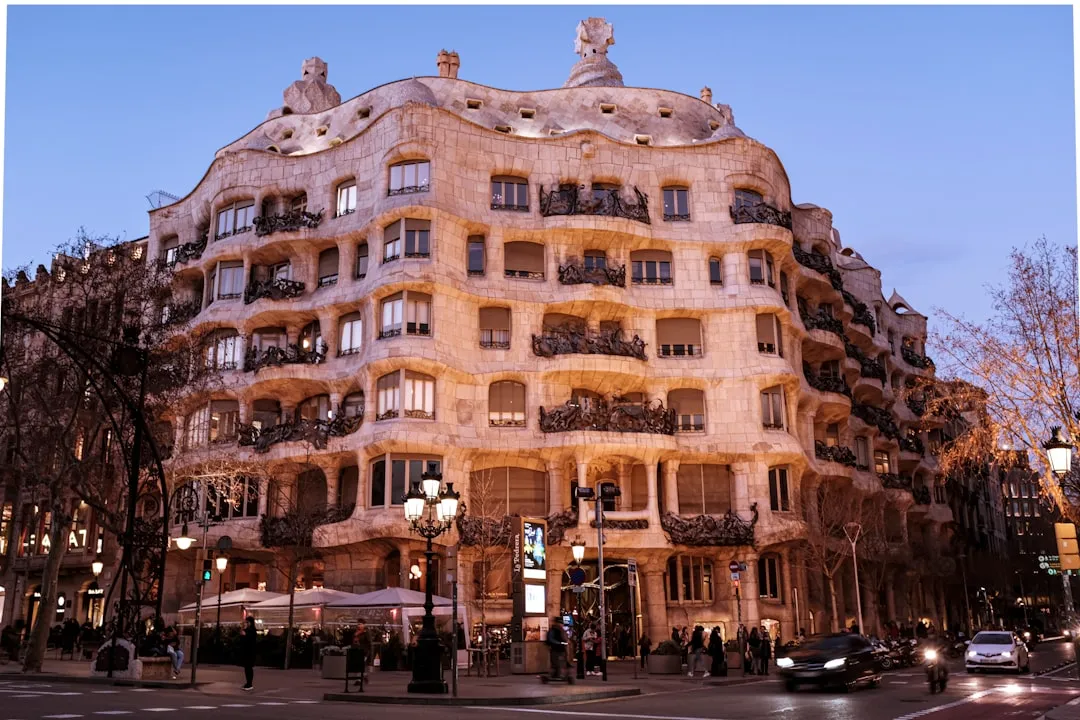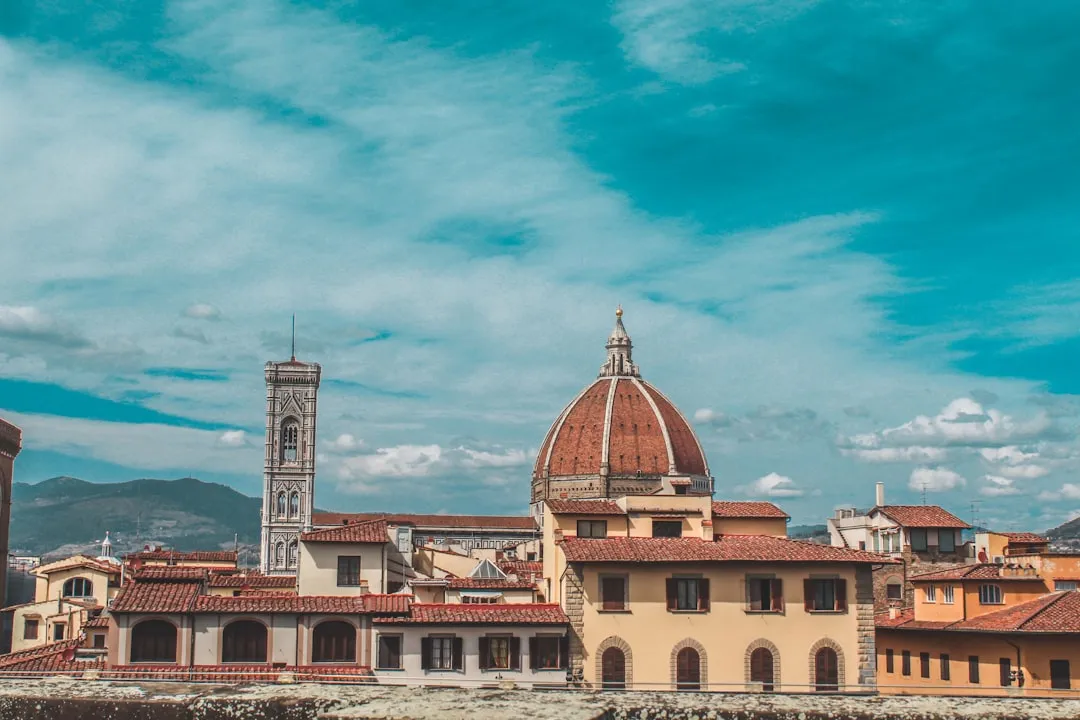Italy is rapidly becoming a top destination for digital nomads, known for its rich cultural heritage, diverse landscapes, and relaxed Mediterranean lifestyle.
Italy, renowned for its rich culture, beautiful landscapes, and culinary delights, attracts expats, digital nomads, and retirees from around the globe. If you're contemplating a move to Italy, understanding the cost of living across different cities is essential, as it varies greatly depending on the location. Here’s an in-depth look at the cost of living in some of Italy’s most popular cities, covering housing, transportation, food, and lifestyle expenses.
Rome: The Bustling Capital
Rome, Italy’s capital, is famous for its historic landmarks, lively neighborhoods, and vibrant lifestyle. While it’s one of the most expensive cities in Italy, salaries tend to be higher here.
- Rent: A one-bedroom apartment in the city center typically costs between €1,100 and €1,800, while prices in surrounding areas drop to around €800–€1,300.
- Utilities: Monthly costs for essentials like electricity, water, and garbage collection range from €130 to €200.
- Transportation: A monthly public transport pass costs about €35, and taxis start at around €4.
- Food: Grocery costs average €60–€90 per week for one person, while dining out can range from €12 for a casual meal to €30–€60 for a mid-range restaurant.
- Lifestyle: From historical sites to nightlife, Rome offers plenty of activities. Gym memberships cost around €40–€80 per month, and cinema tickets are about €9.
Milan: Italy’s Fashion Capital
Known for its thriving fashion industry and economic opportunities, Milan is another high-cost city but offers a modern lifestyle and career prospects.
- Rent: Expect to pay €1,200–€2,000 for a one-bedroom apartment in the center, with rents in outer neighborhoods between €900 and €1,400.
- Utilities: Monthly utilities typically range from €120 to €180.
- Transportation: A monthly pass for public transportation costs about €39, with easy access to buses, trams, and the metro.
- Food: Groceries for a single person can cost €70–€100 weekly. Dining out varies, with a meal costing €15–€70.
- Lifestyle: Milan is rich in cultural events and activities, with gym memberships around €50–€100 and art exhibitions or concerts costing €10–€20.
Florence: Artistic and Historic
Florence, known for its art, architecture, and charming atmosphere, is slightly more affordable than Rome and Milan but still offers a lively and culturally rich lifestyle.
- Rent: A one-bedroom apartment in the center can cost between €900 and €1,400, while outer areas range from €700 to €1,000.
- Utilities: Expect to pay about €100–€150 monthly.
- Transportation: Monthly passes for public transit cost around €35, with many residents opting to walk or bike.
- Food: Weekly groceries for one person usually cost €50–€70, and dining out can range from €10 to €20 per meal.
- Lifestyle: Florence is ideal for art lovers and history buffs. Gym memberships cost around €30–€60, and entry to museums or galleries is typically €8–€15.
Bologna: Affordable and Academic
Home to one of the world’s oldest universities, Bologna offers an affordable cost of living and a youthful atmosphere.
- Rent: A one-bedroom apartment in the center costs around €800–€1,200, with rents in outer areas ranging from €600 to €900.
- Utilities: Monthly utilities usually cost between €80 and €130.
- Transportation: A public transportation pass is around €30 monthly, and biking is a popular choice in the city.
- Food: Weekly groceries are about €40–€60, while dining out ranges from €8 to €15 for a casual meal.
- Lifestyle: With a strong student presence, Bologna has a vibrant social scene. Gym memberships cost €20–€40, and theater tickets are generally €8–€12.
Naples: Authentic and Affordable
Naples offers a genuine Italian experience at a fraction of the cost compared to northern cities, with access to beautiful coastal views and historic sites.
- Rent: Expect to pay €600–€900 for a one-bedroom apartment in the city center and around €400–€700 in outer areas.
- Utilities: Monthly utility costs are usually between €70 and €110.
- Transportation: A monthly public transport pass costs about €35, and walking is convenient in many parts of the city.
- Food: Weekly grocery costs range from €30–€50, and dining out is economical, with meals costing around €8–€15.
- Lifestyle: Naples is known for its cuisine and cultural festivals. Gym memberships cost €25–€40, and many museums offer free or low-cost entry.
Turin: A Balance of Affordability and Culture
Turin combines historical charm with a reasonable cost of living, making it an appealing choice for expats seeking Italian culture without the high price tag of major cities.
- Rent: A one-bedroom apartment in the center costs between €700 and €1,000, while outer neighborhoods range from €500 to €800.
- Utilities: Monthly costs typically fall between €90 and €130.
- Transportation: A monthly pass for public transit costs about €38, with easy access to trams and buses.
- Food: Weekly grocery shopping is about €40–€60. Dining out is affordable, with meals costing €10–€20.
- Lifestyle: Turin has a rich cultural scene, with gym memberships averaging €25–€50 and museum tickets around €8–€12.
Conclusion
Italy offers diverse living options to suit various lifestyles and budgets. While Rome and Milan may have higher living costs, cities like Naples, Bologna, and Turin provide more affordable alternatives without sacrificing quality of life. By understanding the cost breakdown across Italy’s cities, you can make an informed decision on the best place to start your Italian journey.
Whether you’re a digital nomad, retiree, or someone looking for a cultural change, Italy has something for everyone, offering both bustling urban centers and charming, affordable towns.




